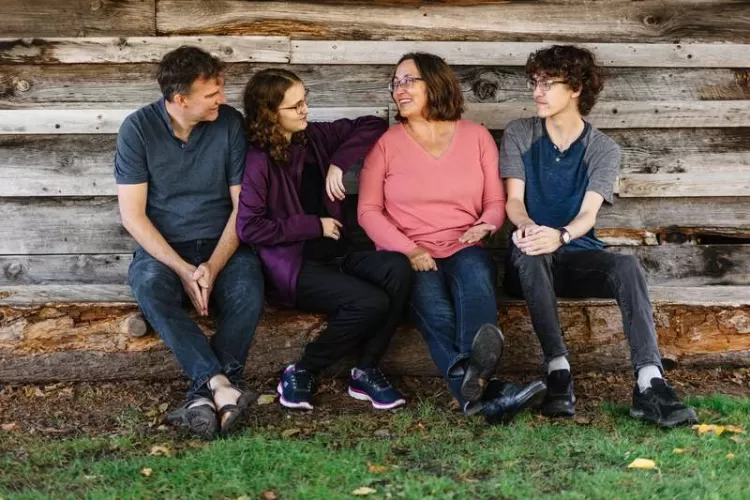From Nuh to Manipur, why the state is wrong when it blames mass violence on ‘mob anger’
An impulsive altercation or a single stone-pelting incident can, indeed, be spontaneous. But the extended spirals of violence are not.


Mass violence of the kind in Manipur and Haryana evokes an array of emotions in those watching the news from their living rooms. Despair, anger, empathy, fear, hate, regret, even pride, depending on what side of the fence they are. But do emotions provoke people to inflict such violence? Rarely – despite the government’s perpetual defence of blaming emotional mayhem for mass violence.
The predictive power of emotions on violent action is unclear. As the sociologist Charles Tilly noted, “The trouble with letting a lot depend on intentions is intentions are mixed and hard to discern.” Indeed, emotions do matter in encouraging attackers or morally justifying violence. Hate can make people truly believe that attacks on their “blood enemies” are morally and legally just.
But the act of inflicting physical violence on a person is distinct from the intent to physically harm the person. Studies find hardly any link of hate, fear and anger with actual violent behaviour.
Once it is understood that the perpetrators of mass attacks are almost never emotionally handicapped, one can convincingly shatter the government’s eternally shifting narrative: blaming emotionally-blinded “mobs” when violence is committed by Hindus and blaming premeditation when committed by non-Hindus.
Blaming anger are a motive is the default response of the state when a...



































![Safari Thorium Neo 8-Wheel Luggage Set Trolley Bags (Set of 3) at just Rs. 5,599 [MRP 29,100]](https://savefree.in/uploads/images/202409/image_870x580_66f63845060f0.webp?#)












![Handmade Brown Mango Wood Chopping Board At just Rs. 89 [MRP 599]](http://savefree.in/uploads/images/202303/image_870x580_641bf7e9c2206.jpg?#)


